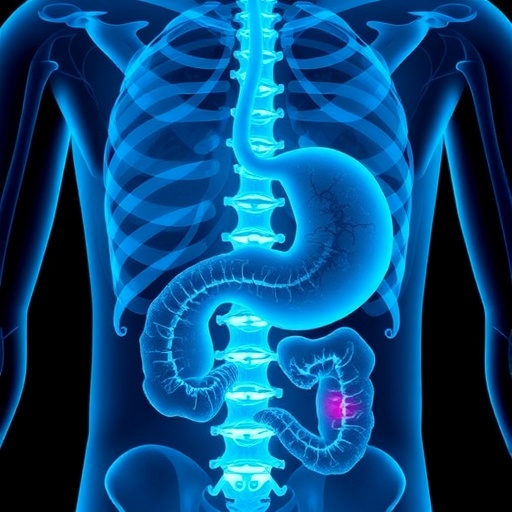When cancer escapes the immune system, our defenses are rendered powerless and are unable to fight against the disease. Chimeric antigen receptor T cells (CAR T cells) represent a promising immunotherapy strategy, developed with the aim of tackling tumors head-on. But the occurrence of relapse in some patients remains a challenge. Scientists at the Institut Pasteur have identified the precise function of CAR T cells in a bid to optimize future therapies.
One of the strategies used to combat cancer is based on modification of the patient’s T lymphocytes (also known as natural killer cells) to make them recognize the target molecule CD19 expressed by the tumor, so that they can eliminate it. Clinical trials have proved to be remarkably effective, leading to the use of this technique in adults and children to treat blood cancer (B-cell lymphomas and leukemia). But some patients suffer relapses. To improve therapies in future, scientists from the Institut Pasteur set out to elucidate the precise workings of CAR T cells.
The inner workings of immunity
Marine Cazaux and Capucine Grandjean, together with their colleagues in the Dynamics of Immune Responses Unit (Institut Pasteur/Inserm) led by Philippe Bousso, in collaboration with scientists from the Universities of Manchester (UK) and Leiden (NL), visualized CAR T cells battling a tumor for the very first time. Using a novel high-resolution in vivo imaging technique, they observed the bone marrow of mice with lymphoma. This enabled them to investigate the overall behavior of CAR T cells and to visualize in real time the interactions between CAR T cells and the tumor, as well as tumor death (imaged using an ingenious technique that changes the color of cancer cells after they die). Even if some CAR T cells are more active than others, they demonstrated that in general, a CAR T cell is capable of directly killing a tumor cell within approximately 25 minutes of recognizing its target.
The key role of CAR T cells in the fight against cancer
“Mathematical simulations based on our experimental data confirm that the efficacy of CAR T cells is primarily based on their ability to engage and directly kill the cancer cell rather than recruiting other immune cells to the tumor site,” explains Philippe Bousso. These simulations also demonstrated that the number of CAR T cells that are able to infiltrate the bone marrow plays a major role in treatment efficacy.
A significant obstacle for this infiltration is that CAR T cells in the bloodstream encounter tumor cells and B lymphocytes that also express the target CD19. The team observed that CAR T cells form cellular aggregates which become trapped in the pulmonary circulation, preventing their migration to the tumor site. Reducing the number of cells expressing CD19 before the injection of CAR T cells significantly improved the overall survival of the mice.
The research also revealed differences in activity level depending on the anatomical site. CAR T activity was stronger in the bone marrow than at other tumor sites (e.g. the lymph nodes), enabling it to exert selective pressure on tumor cells and resulting in the emergence of cells no longer expressing CD19.
“By identifying the strengths and weaknesses of CAR T cells in action, this research opens up new avenues for exploiting and optimizing the activity of CAR T cells in patients,” concludes Philippe Bousso.
###
To watch the video of the visualization of CART cells in action:
https:/
Media Contact
Aurelie Perthuison
[email protected]
Related Journal Article
https:/
http://dx.




